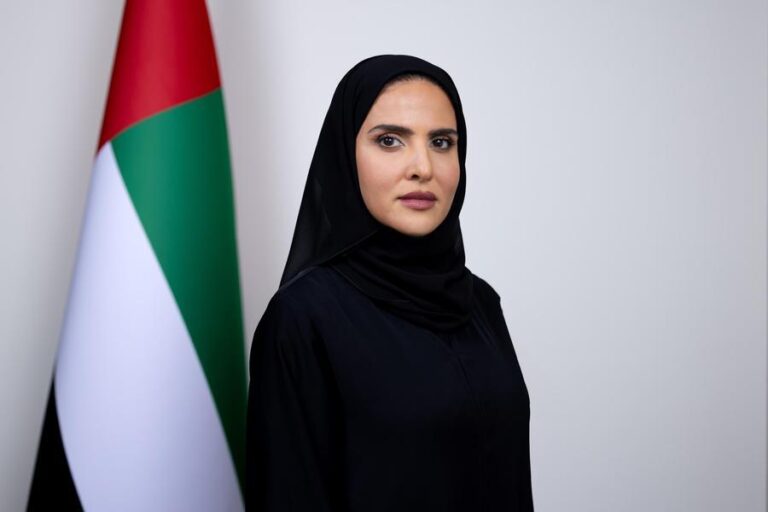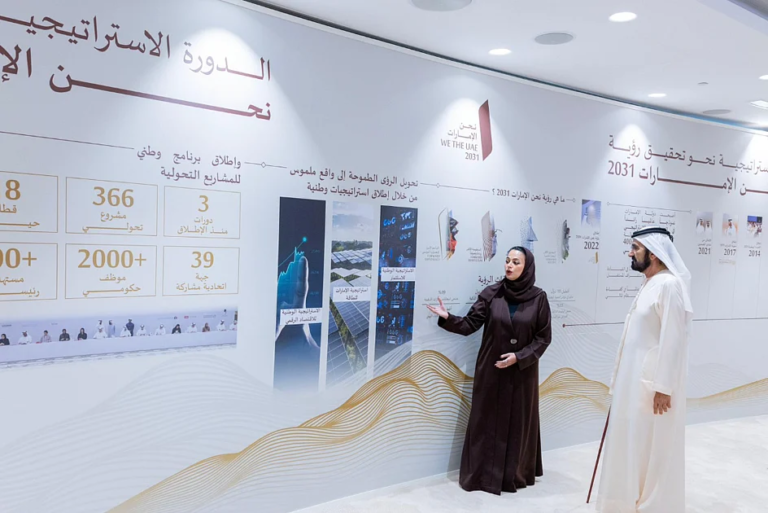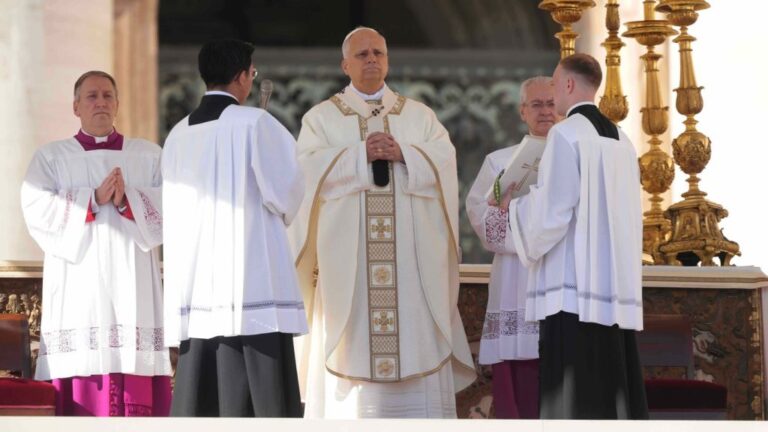
Ok, we can finally put that rumour to bed.
On the latest episode of the All-in Podcast, Elon Musk directly addressed the suggestion that the dedicated robotaxi, known as the Cybercab, will NOT have wheels and pedals.
This suggests Tesla are very confident in their ability to resolve any remaining software challenges in FSD (Unsupervised) as manual intervention won’t be an option with Cybercab.
As the product moves from engineering design and testing to production, Tesla has a hard dependency on the software being complete on schedule in order to avoid thousands of Cybercabs sitting in the parking lot.
Tesla has previously said they plan to initiate Cybercab production in the second quarter of 2026 on the Q3 earnings call as recently as October 22nd. In the latest investor relations slide deck, they list Cybercab Status as ‘Construction’, the phase prior to production, suggesting they’re on track.
The latest version of Tesla’s FSD software is V14, which for consumers is still Supervised, however Tesla runs a different build internally.
There are a couple of outstanding items on the to-do list that need to be addressed before Cybercab could operate without fear it won’t make it home.
These include:
- Improved support for avoiding debris and roadkill
- Banish (drop off passenger and park, or take next ride)
- Support for resolution if the car is disabled
- Teleoperation(software)
- Tow-truck / Roadside service (hardware)
4. Drive-thru support
It turns out, just today, Tesla released photos of the Cybercab going through an In-N-Out Burger drive thru.. suggesting they know this is necessary and may already be addressing it.
This challenge isn’t an easy one, with every store’s drive thru being slightly different, while having common features like a speaker box to make your order, a payment window which may or may not be needed if you’ve paid through the app, and a couple of pickup windows (food/coffee etc).
There’s also the complexities around parking bays if your order is custom, or there’s delays in the kitchen. These parking bays may all be full, or blocked in some way, and the car would need to understand when you’ve been passed your order through the window to understand it’s time to leave.
One option is for a Grok-powered voice support to allow the passengers to guide the car’s actions, simply pausing at each interaction point and awaiting further guidance.
It is clear that as impressive as V14 is today, there’s still a number of important aspects of driving that need to be completed before they can truly deliver the driverless future we all dream of.
For those hoping that Tesla would deliver a version of the Cybercab with a steering wheel and pedals, you’re flat out of luck. That would take design, engineering resources that don’t align with the biggest mission at Tesla, to deliver robotaxi at scale.
Some in the Tesla community may be disappointed by this, but the decision is clear today and we can put that to bed.







